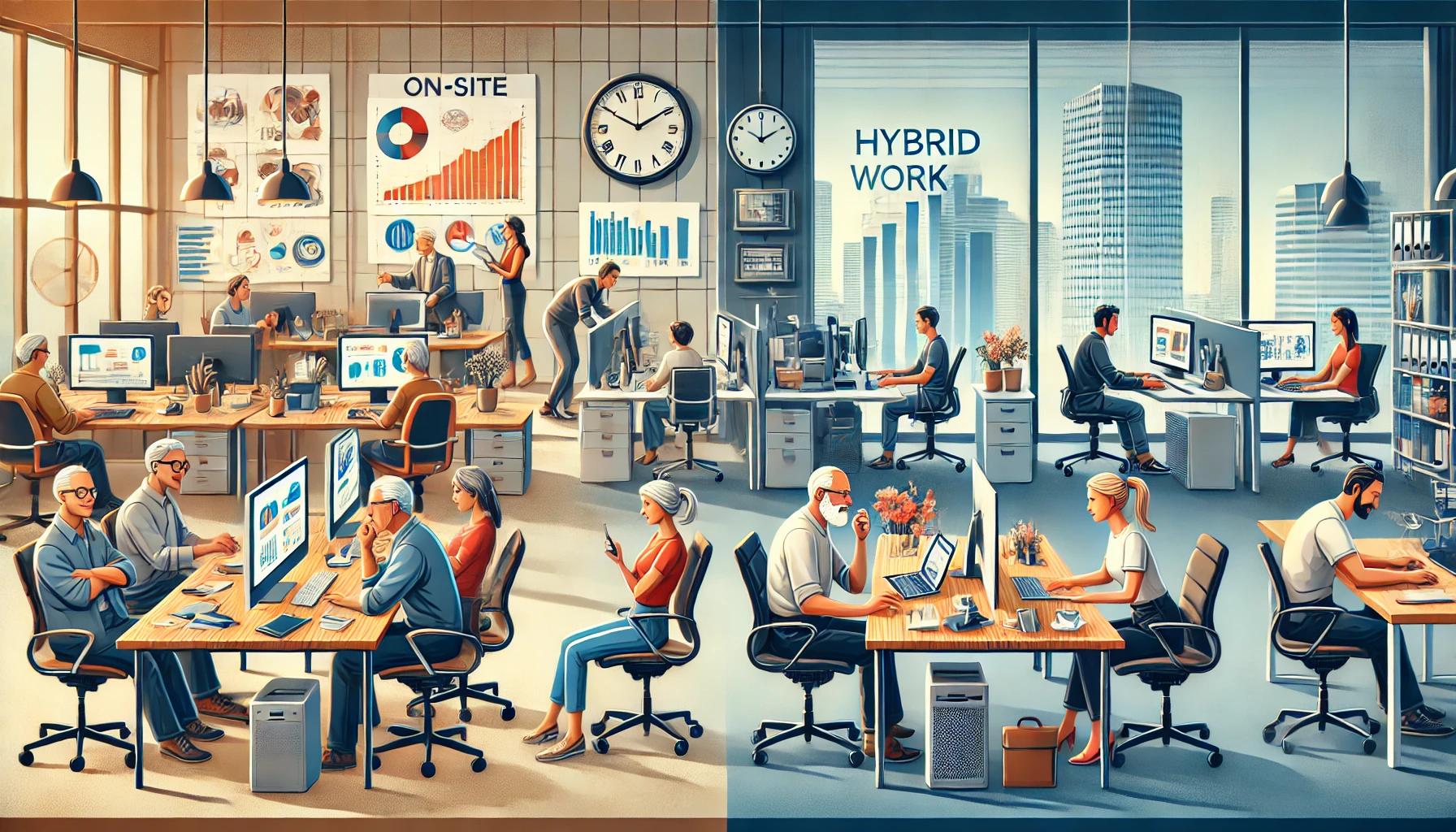This generational divide extends beyond work arrangements, as older workers are also more likely to embrace the trend of "super-commuting" – commutes exceeding 75 miles. According to research from Stanford University, the share of these extended commutes has grown by 32% post-pandemic. Economists attribute this surge to the rise of hybrid work, which has made longer commutes more palatable when undertaken only a few times per week.
Nicholas Bloom, an economist who co-authored the Stanford research, explains the trade-off workers are making: "Do I live in a small apartment that doesn't work for us but I have a shorter commute? Or do I just have two days of, you know, driving hell?" For some older workers, the ability to live in a more desirable location outweighs the burden of a lengthy commute a couple of days per week.While younger workers, particularly those aged 20-29, are the most likely to embrace hybrid work arrangements, nearly a third (31.7%) of this age group reported having a hybrid schedule. This preference aligns with their desire for a balance between remote work flexibility and in-person collaboration, networking, and mentorship opportunities crucial for career development.
As organizations navigate the post-pandemic workplace, understanding and accommodating these generational preferences will be crucial for attracting and retaining talent across all age groups. Older workers may gravitate towards the extremes of fully on-site or remote work, while younger employees seek a hybrid middle ground that fosters both flexibility and professional growth. Embracing this diversity of needs and providing options tailored to different life stages can foster a more inclusive and supportive work environment for all.
Sources:
https://www.bloomberg.com/news/articles/2023-03-08/younger-workers-embrace-hybrid-schedules-while-older-staff-go-all-in-on-remote
https://www.washingtonpost.com/business/2023/03/09/older-workers-remote-work-office/
https://www.nytimes.com/2023/03/10/business/economy/remote-work-commuting.html
https://www.wsj.com/articles/remote-work-is-increasing-super-commuters-11678451402
https://hbr.org/2023/03/designing-a-hybrid-workplace-that-works

